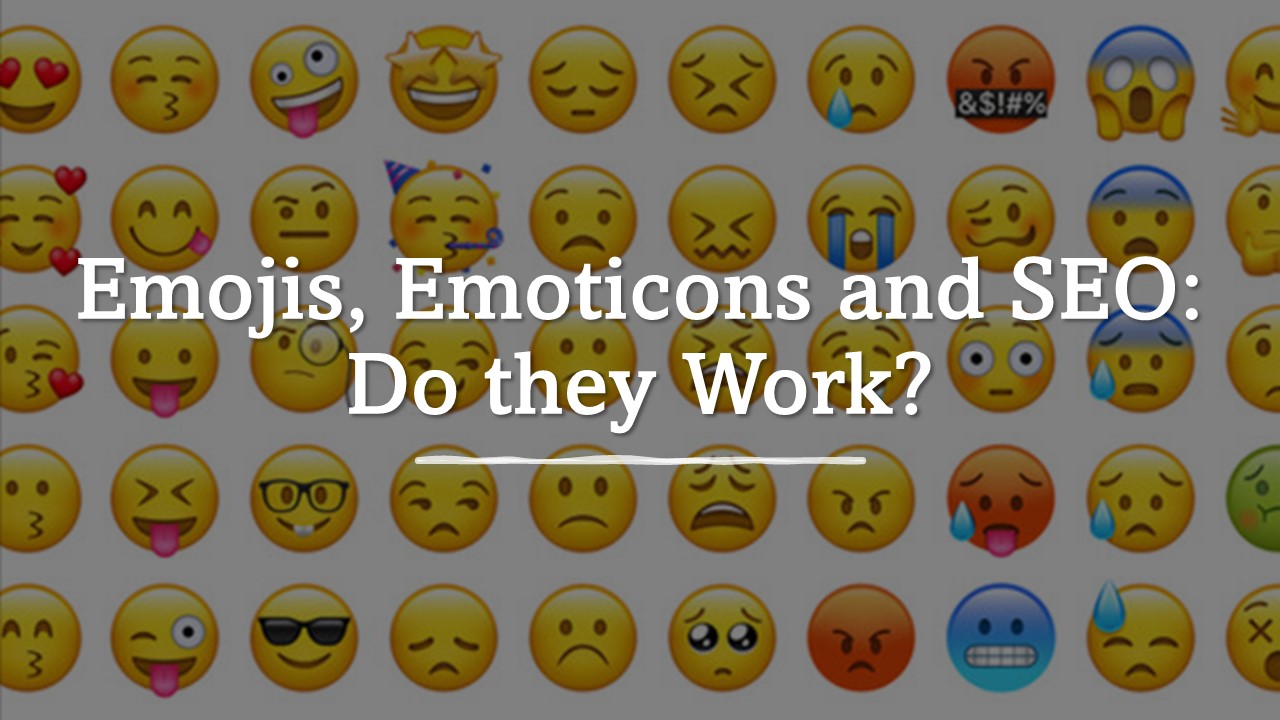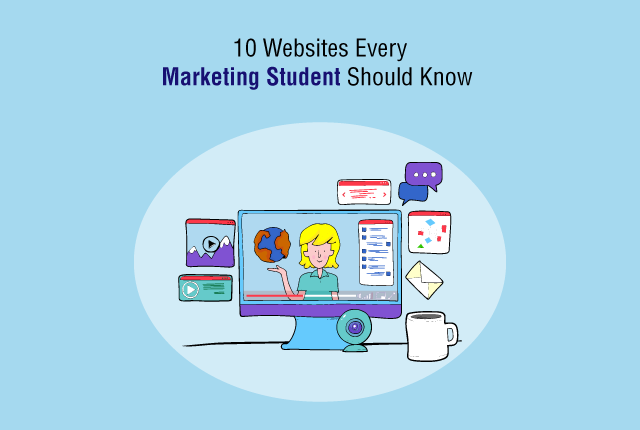
3 reasons why organizations should invest in marketing to overcome the COVID 19 business disruption
A number of organizations react to worrying signs of an economic disruption or slowdown by slashing budgets of perceived “non core” business activities. These typically include, training, travel, corporate events and incentives.
While reducing expenditure on non core activities can be debated as a cost reduction exercise, some organizations, even large ones seek solace by cutting down on core functional activities. The first functional area that is the cynosure for decision makers is Marketing.
Rather than throw the proverbial “kitchen sink”, to engage with customers’; strategies to the contrary are activated, with the hope that some form of divine intervention will kick start the sales cycle.
In this article, we identify 3 simple yet important reasons for organizations to continue investing strategically in their marketing functions, especially during a flagging economic cycle.
With customers during a crisis —
Business is a people to people activity. Technology being a great enabler, allows buyers to relate with a brand and the people that represent that brand irrespective of physical proximity. Communicating with customers, existing or potential, keeping them informed of your business plans and offering support during a crisis, acts as a great assurance cover, with building a high degree of trust.
Customer engagement can be done by sending out presentations, mailers, flyers, emails or through other digital marketing activities. Organizations with large budgets can use ATL platforms like the print media and television. However, for a more focused and personalised upshot, digital should be the preferred strategy.
Competitors on notice —
A proactive marketing strategy can wrong-foot competitors. Their hands off strategy would get hammered by your aggressive game plan. With a large proportion of products and services achieving performance standardisation, the ability to reach out and be trusted by customers will be a game changer.
Being proactive is even more critical for small businesses and startups. With limited budgets and order books, a constant churn of business opportunities is critical for survival. If one eliminates the very niche portfolio of products and services being sold in the market, small businesses and startups fight it out in an extremely fragmented space. Instead of getting into a price war and selling at a discount, these organizations should invest a smaller proportion of that money upfront and win over customers.
Being on pole position —
The global economy is cyclical in nature. While a once in a lifetime disaster like the COVID 19 pandemic throws the entire market dynamics into disarray, history is witness to the resilience of mankind. It can be safely inferred that within a very short period of time, wheels of the economy will start to churn.
To boost demand, Government interventions will come through in varying degrees across geographies and the global economy will brighten up. It is at this moment your marketing investments will generate attractive returns. Brand recall, being close to the customer and the relationships preserved, will ensure that an inherent bias towards your organization is apparent in the customers buying behaviour.
One cannot stress enough, on the need to be proactive during a slowdown. Simple, low cost yet effective communication strategies will make a massive difference to your business, the benefits of which you will leverage on an ongoing basis.
A seasoned entrepreneur and business professional, Sauvik Banerjee is COO at Array Innovative Services Private Limited. His portfolio of startup ventures include; BPlan Experts, PresentationGFX, CrazyAboutStartups, Vezume, and Xprez.io. As a mentor, Sauvik works with start-up businesses and entrepreneurs, to help launch and scale up their businesses. Prior to founding new ventures as an entrepreneur, Sauvik worked as a Management Consultant with some of the largest professional services and technology firms globally, working with CXO’s of both private and public sector organisations.


what do you think?